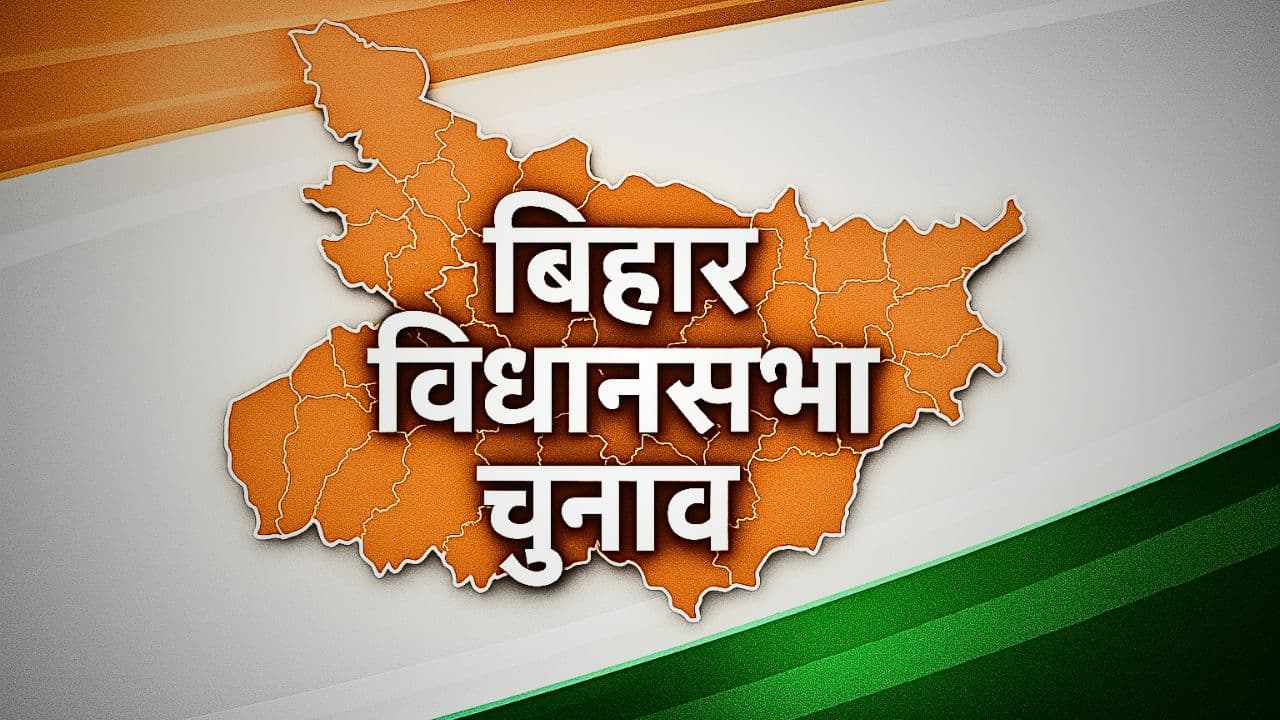In the second phase of Bihar elections 2025, politics is focused on caste identity. Candidates of the same caste are facing each other on 32 seats, due to which the traditional equations are breaking. Parties have also selected candidates on the basis of caste data, which has become the main basis of voting.
Patna: Bihar Assembly elections 2025 are at their crucial juncture. Voting for the second phase is to be held on November 11 and the contest on 122 seats in this phase has gone beyond traditional issues and has centered around caste identity. This time, on many seats, it is not the party of the candidates but their caste that is deciding the political equation. The situation is such that on many seats there is a direct contest between Yadav versus Yadav and Muslim versus Muslim.
Candidates of same caste facing each other on 32 seats
According to election analysts, in this phase the contest on 32 seats is limited to candidates of the same caste. This means that voters are finding it difficult to find the difference between the leaders contesting the elections. For example…
- Yadav candidates are face to face on these four seats – Narpatganj, Belhar, Nawada and Belaganj.
- Muslim candidates are fighting each other directly in Araria, Jokihat, Bahadurganj and Amour.
Victory in such contests often depends on who the village-tola, fraternity and sub-clan network unites behind.
Internal competition on Dhanuk, Paswan, Rajput and Musahar seats also
- Dhanuk candidates in Phulparas, Sikti, Rupauli
- Paswan candidate in Kodha, Peerpainti, Bodhgaya
- Rajput candidates in Ramgarh, Aurangabad, Wazirganj
- In Barachatti, Sikandra and Raniganj, candidates from Musahar community are busy defeating each other.
MY equation also face to face
The famous MY (Muslim-Yadav) equation of Bihar politics also seems to be breaking down at many places. On many seats, NDA’s Yadav candidates are giving tough competition to the Muslim candidates of the Grand Alliance.
- Sursand: JDU’s Nagendra Raut (Yadav) vs RJD’s Abu Dojana (Muslim)
- Biasi: BJP’s Vinod Yadav vs RJD’s Abdus Subhan.
- Supaul: JDU’s Vijendra Yadav vs Congress’s Minnat Rahmani.
- Nathnagar: LJP’s Mithun Kumar (Yadav) vs RJD’s Ziaul Hasan.
This clearly means that caste alliance is no longer permanent, it is changing according to the regional soil.
Why is this happening?
Political analysts believe that parties have selected candidates by looking at caste-centric data. Even today, fraternity influence is the strongest electoral factor in the local society. Community and identity are influencing votes more than party ideology. That is, in this phase the voter will not vote on the basis of issues, but on the basis of his caste proximity. One thing is certain, “No matter who wins this time… but the real test is of the strength of the castes.”
